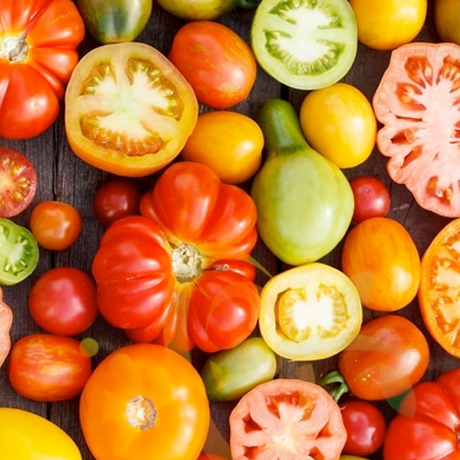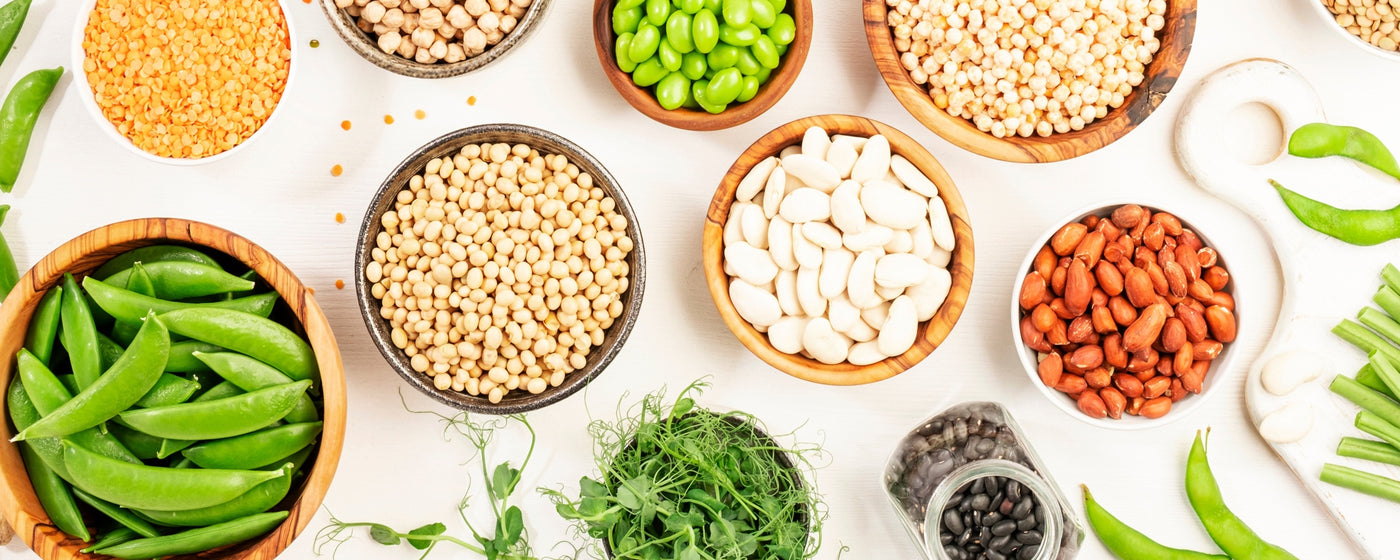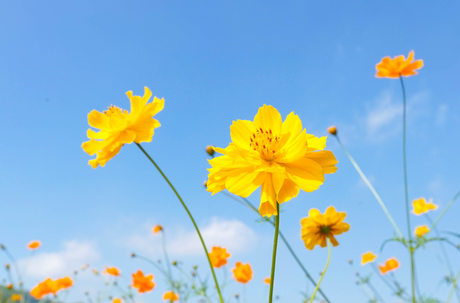← GO BACK TO ALL GROW GUIDES

|
Depth to Plant Seeds
|
Spacing Between Plants
|
Spacing Between Rows
|
Days to Germinate (Sprout)
|
Germination
Soil Temp
|
Planting Season
_________
|
Plant Height
|
No. of Plants per sq. ft.
|
Soil Requirements
|

Shop Kale Seeds
|
1/4" deep |
Space plants about 10" apart
|
Space rows about 18" - 24" apart
|
7 - 21 days |
65F - 85F |
Spring
Summer
Fall |
Appx. 18" - 36" tall |
Avg. 1 plant per sq. ft. |
Prefers soil with pH levels of 6.0 - 7.5. |
← GO BACK TO GROW GUIDES
|
Cultivation & History (source)
|
|
|
About Kale
Kale is a very easy vegetable to grow. It is generally more disease and pest resistant than other brassicas.
Kale also occupies less space than other brassicas. Use it as a spinach substitute in a wide variety of dishes. Kale maintains body and crunch which makes it a good substitute in dishes where spinach might not be suitable; its especially delicious in stir-fry dishes. It is recommended to cook over high heat to bring out the best flavor and prevent bitterness.
Many specialty growers are planting kale in wide beds only 1/2 to 12 inches apart and harvesting kale small as salad greens. In England, close plantings of kale have been shown to prevent aphid infestations through visual masking.
How to Plant
Kale can be planted pretty much anywhere in the United States where there's a cool fall growing season. It's a cool-season crop, hardy to frosts and light freezes. Kale's flavor is reported to improve and sweeten with frost.
Plant Kale in rows 18 inches to 2 feet apart.
When the seedlings are 3 or more inches high, thin plants to 10 inches apart (read about thinning) and use the thinnings for salads or as a cooked vegetable.
How to Harvest
Kale can be harvested within approximately 1 month of becoming established. Leaf color is the best sign of crop readiness. Rich green leaves of firm texture are ready for cutting. If too dark and heavy, the leaves are tough and not as flavorful. Kale leaves for cooking should generally be about the size of your hand. The small, tender leaves can be eaten uncooked, and are often added to salads. Cut the leaves frequently to encourage new growth, but avoid picking the terminal bud(at the top of the plant). When cold weather begins, mulch the plants with straw, salt hay, or the like, they will continue producing well into winter, and they may even taste more flavorful.
Do you like growing Kale? Comment below.
← GO BACK TO GROW GUIDES
|















































